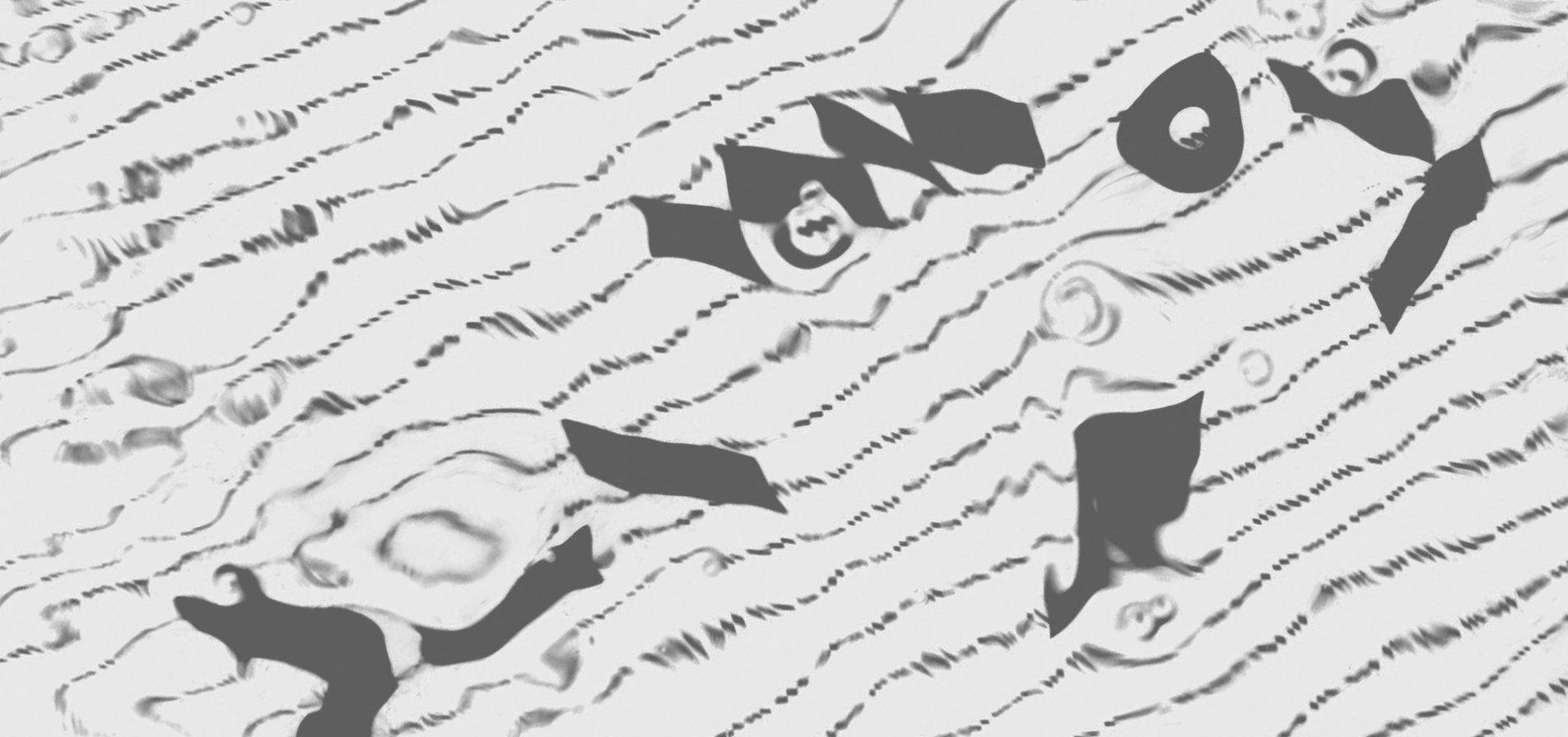

Atlantic cod belongs to the cod family and has beautiful dark green or brown skin with small spots. On the chin of the fish there is a characteristic antennae, which serves as an organ of smell and touch, helping the fish to find food at the bottom. The habitat of cod covers the Atlantic Ocean region, forming several geographical subspecies: Arctic, White Sea, Baltic, etc. In the eastern part of the Atlantic, cod is distributed from the Bay of Biscay to the Barents Sea and Spitsbergen; in the west - from Cape Hatteras (North Carolina) to Greenland.
Cod meat is white, dense, dietary. It is distinguished by a high content of easily digestible protein, calcium, phosphorus, B vitamins, omega 3 and many other useful micro- and macroelements.
Cod is consumed in the form of stroganina, bacalao, fried and steamed dishes.
We used the cod's characteristic antennae in borealis package design and the product's name.
Bacalao is dried, highly salted cod famous in Portugal. In the Middle Ages this technology allowed sailors to preserve fish during long voyages. In Murmansk we produce bacalao according to classic recipes, adapted to the Russian consumer. According to this technology, cod is cooked in a sea salt for several days and then quickly frozen. So, the fish does not need to be soaked for a long time before cooking or salted.

Atlantic haddock belongs to the cod family. At night it lives near the surface of the sea, during the day — at depth. There is a dark spot on the side of the body on both sides, similar to a thumbprint. This is how fish recognize each other when they gather in large schools.
The habitat of haddock is the northern part of the Atlantic Ocean close to the coast of Northern Europe and North America, around the coast of Iceland and the area of the Arctic Ocean (Norwegian and Barents Seas).
Haddock meat is white, tender, with subtle notes of cream and shrimp in the taste. Used in a variety of dishes: steamed, cooked in the oven or fried.
borealis assortment includes loins (backs), fillets and whole fishe of haddock.
The characteristic spot on the sides of the fish is reflected in the packaging design and style of borealis in font, pattern and schematic picture of the haddock.

Greenland halibut belongs to the flounder family. Halibut is a bottom fish that lives at depths from 200 m to 1 km. It's appearance (flat and oval) was formed under the pressure of water in the depths of the sea. This shape allowes halibut perfectly adapt to the water pressure.
Habitat: Northern part of the Atlantic and Pacific oceans. The total habitat for all halibuts is the Barents, Bering, Okhotsk and Japanese seas. There are 3 varieties of halibut: Greenland (or black), Pacific and arrow-toothed. borealis offers the most valuable type of halibut — Greenland (or black) halibut.
Halibut has very tasty, fatty white meat and almost no bones. It is great for grilling, oven or frying. Halibut is also used to make ceviche, a dish of Peruvian origin, the basic version of which is fish marinated in lime juice.
The borealis line presented in halibut steaks, as well as selected premium quality fillets in borealis+ line.
The distinctive round shape of halibut is reflected in the packaging design as well as in the name. You will find arcs that draw a circle in the letters “A”, “T” and “C”.
Fish live in an aqua, so maintaining a natural level of moisture is important to preserve natural taste and texture of fish. When repeatedly defrosted during storage, the fish becomes dehydrated, it's natural texture is destroyed, and the natural taste and smell disappear. Most manufacturers do not have a complete production and logistics cycle of their own, so they ca nnot guarantee the single freezing and the high quality of the fish.
For borealis, fish and seafood are harvested by our own fleet. We cut and freeze them within hours of being caught on board or at the shore-based factory. We ensure that storage temperatures do not rise above -18˚C, preserving the taste and texture from the ocean to your table.
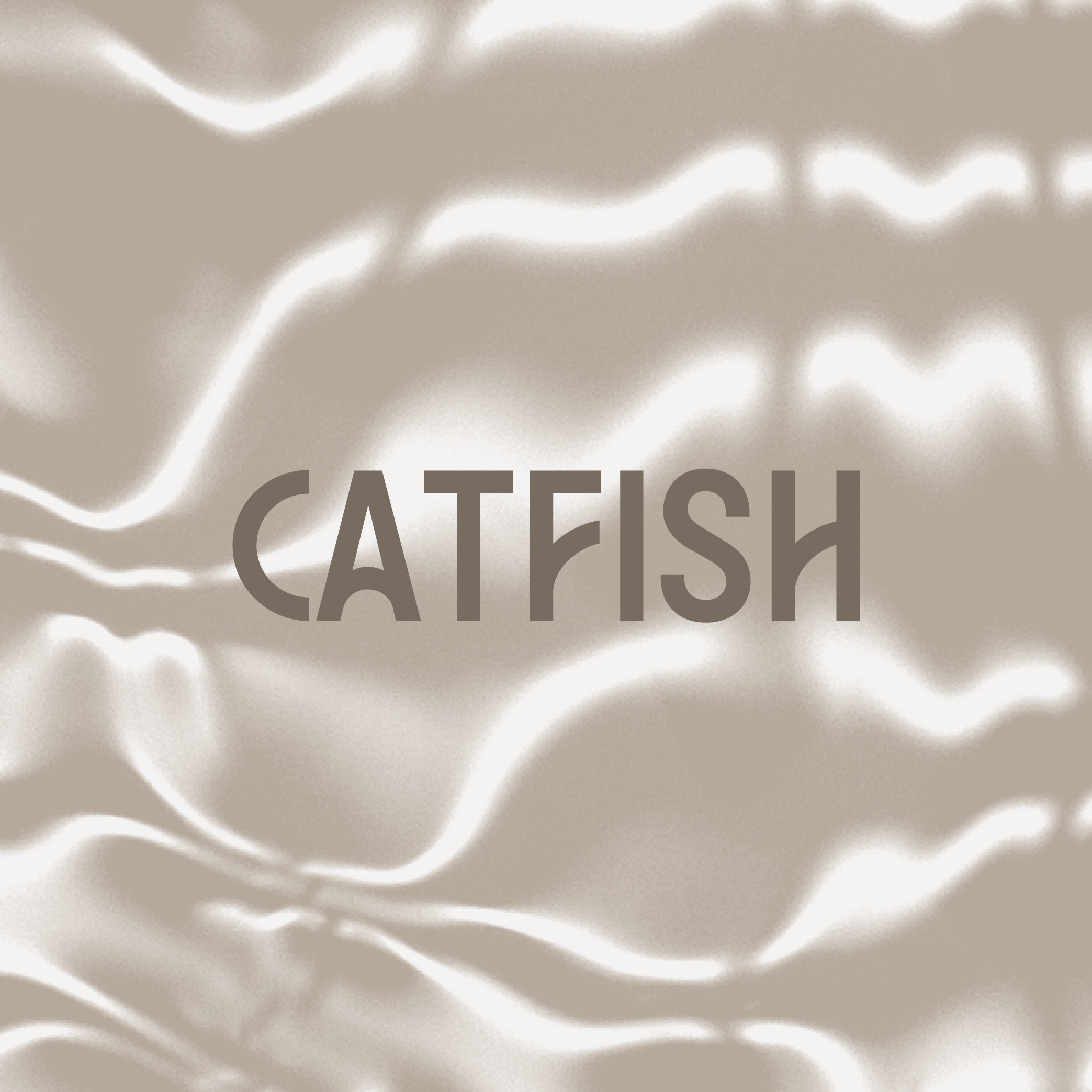
The spotted wolffish belongs to the wolffishh family. It has powerful jaws, which is why fish got it's name. Agile like a snake, this fish lives in the depths of the sea, where it hunts large crabs, gnawing their shells with powerful jaws.
The wolffish lives in the Pacific, Atlantic and Arctic oceans. In nature, there are several types of this fish. The most popular are spotted and blue.
The meat is white, fatty and juicy, practically boneless. Blue catfish meat is looser, fattier and often retains it's shape worse. Spotted wolffish has elastic, juicy meat with an exquisite taste, which is especially appreciated by famous chefs. Wolffish is great for grilling, pan-frying or baking in the oven.
The borealis line includes steaks, as well as selected premium quality fillets in borealis+ line.
The main characteristics of the wolffish - sinuosity and a strong jaw - are reflected in the graphic elements in the name and in the woffish symbol of borealis.
borealis products are frozen once and it is not necessary to wait for complete defrosting to prepare them. It is enough to put it under the running cold water for approx. 20 minutes without removing it from the package. After this the fish can be cooked.
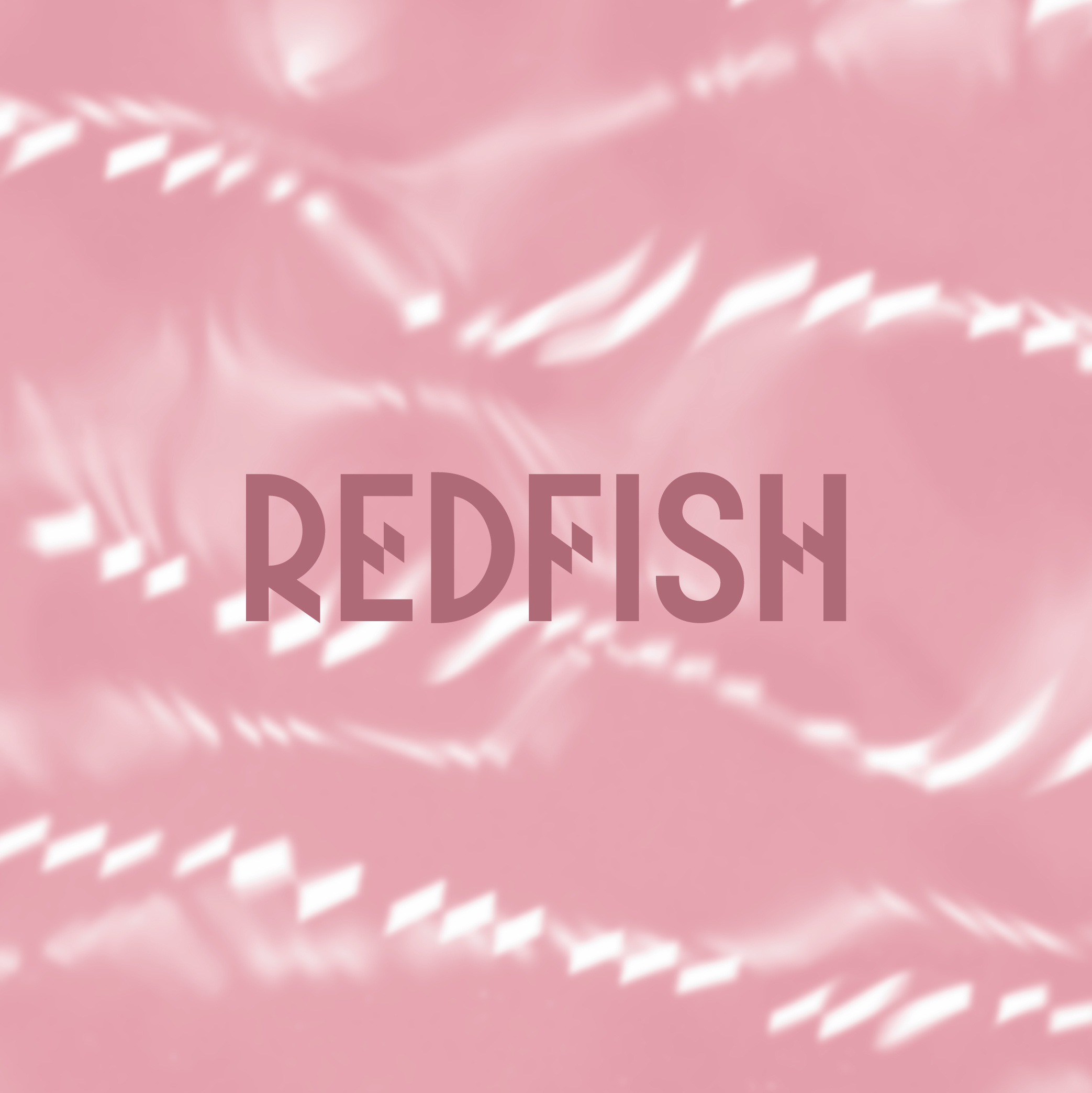
Atlantic redfish belongs to the scorpion fish family. The redfish is an active predator, constantly in search of food. His mouth can open very wide. During the period of feeding on shrimp, the skin color of the redfish becomes bright red.
There are about 110 species of sea redfish. Most species live in the North Pacific Ocean, two species live in the southern Pacific and Atlantic Oceans and 4 species live in the North Atlantic Ocean.
The redfish meat is tender, dietary and has a delicate fishy taste. Perfect for grilling, baking or frying in a pan. The redfish is also ideal for fish soup.
In borealis line you will find the redfish without head, steaks, as well as selected premium quality fillets in borealis+ line.
The behavioral and visual characteristics of refish are reflected in the sign and name of the fish in borealis design.
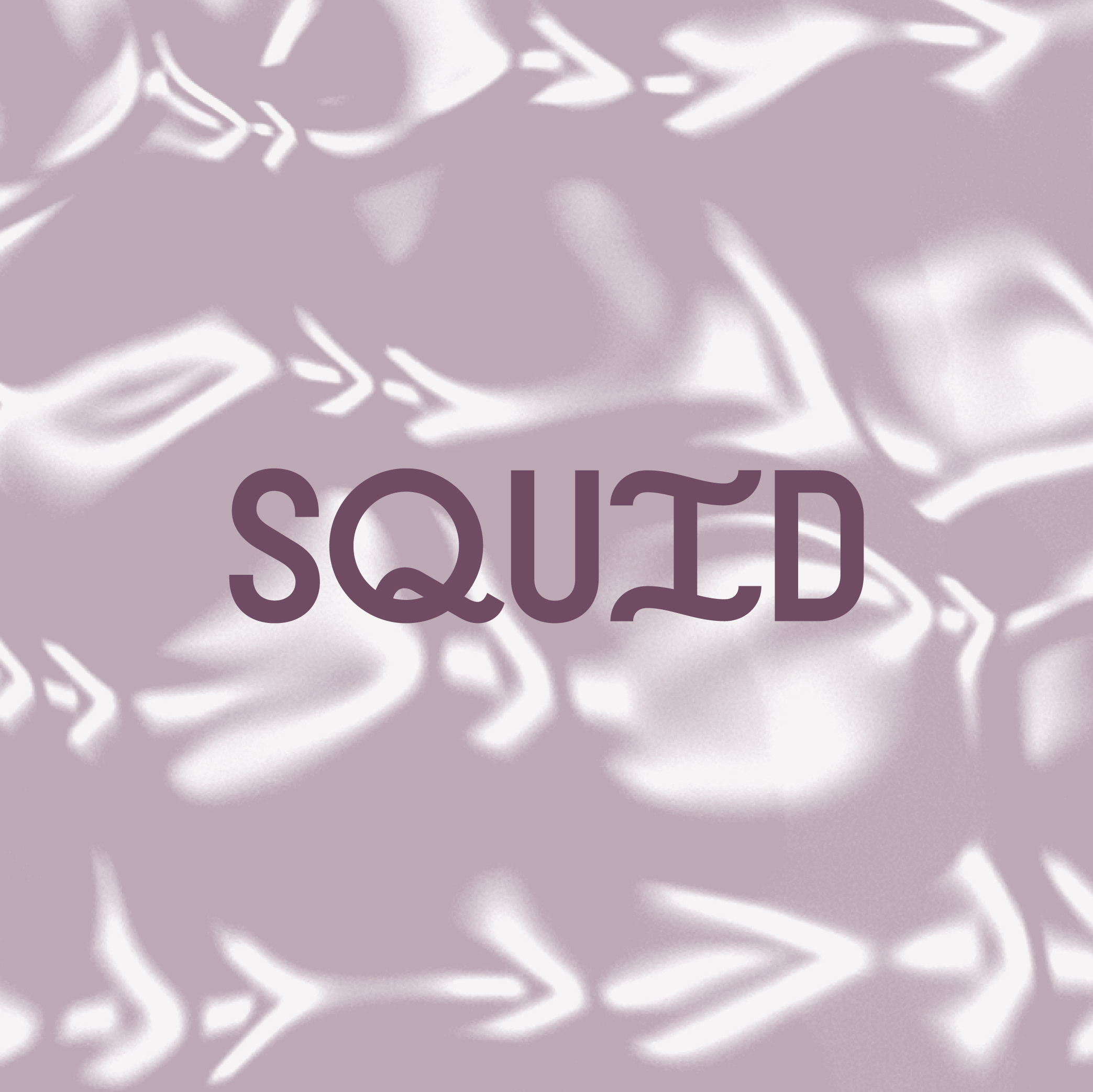
The Commander squid belongs to the family of gonatids — jet mollusks with a cylindrical body and very soft, reddish-purple skin. When moving, the squid can reach speeds of up to 30 km/h. The Commander squid can be considered Russian. It lives in the Sea of Okhotsk, Bering and Japan.
Due to its healing properties, dietary value and exquisite taste, squid is often called “sea ginseng”. His body consists entirely of muscle tissue. Squid fillet contains a lot of protein with almost no fat and carbohydrates.
Squid protein is complete and easily digestible. It contains a set of 18 essential amino acids, including isoleucine — an active fighter against cardio diseases, threonine — which is part of enzymes, tryptophan — a precursor to the good mood hormone, serotonin and arginine, which are responsible for immunity and hormonal levels. In addition, squid protein contains up to 11% marine collagen, which promotes healthy joints and increases the elasticity of the walls of blood vessels. People who regularly consume squid note a decrease in the concentration of cholesterol in blood, normalization of cardiovascular system, stabilization of blood pressure, improvement in liver functioning and gastrointestinal tract and strengthening of the immune system.
In borealis line you will find squid in peeled and unpeeled forms.
Squids which move in a reactive manner are reflected in the graphics and in the name in borealis design.
The bottom fish, such as halibut and flounder, live near the ocean floor. Such fish are caught using a special trawl — a fishing net lowered to a depth of more than 170 meters, which is twice deeper than the deepest station of the Moscow metro.
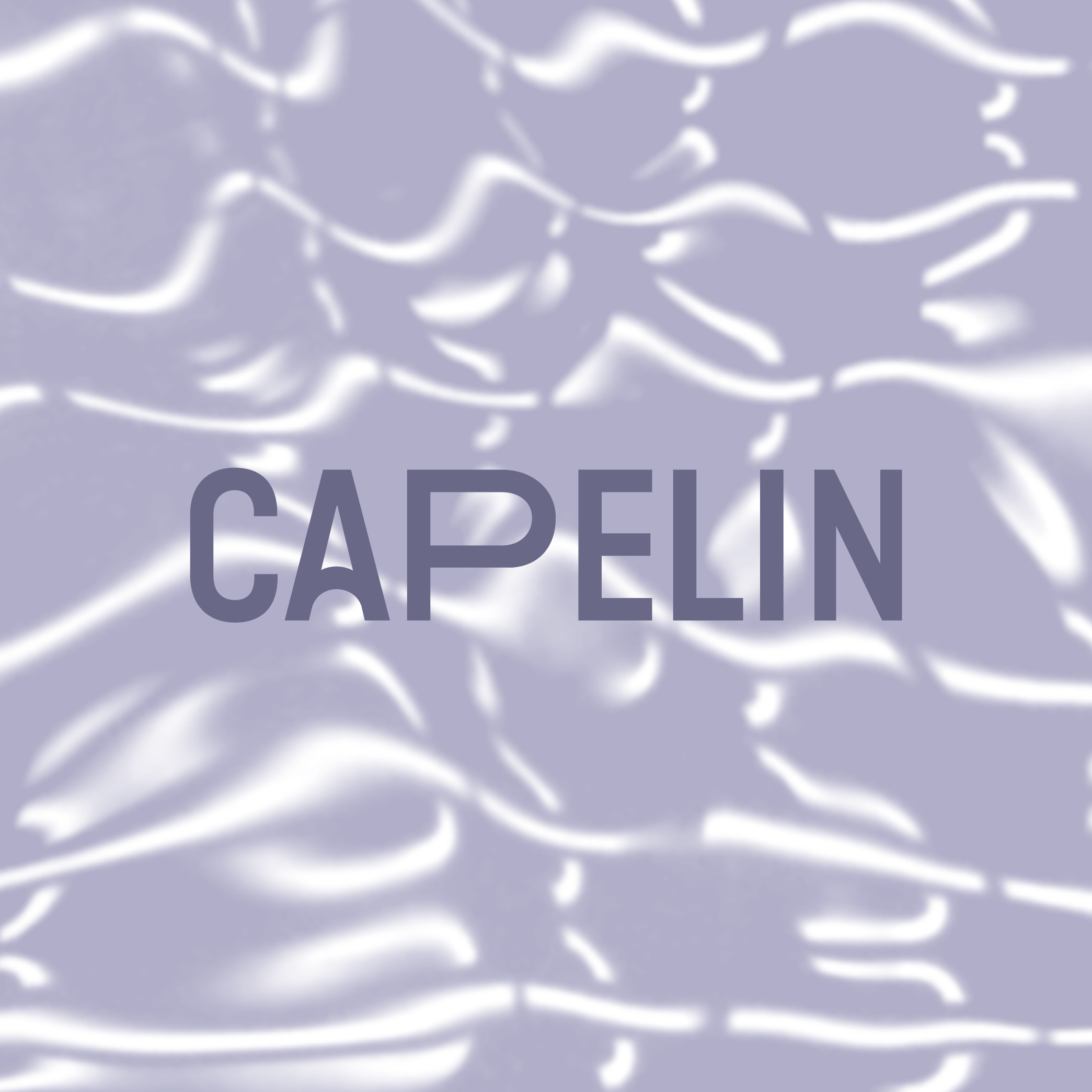
Atlantic capelin is a small-scaled fish of the smelt family, the body length of which is about 25 cm. The back of capelin is olive-greenish, the sides and belly are silvery. The name "capelin" comes from the Karelian "maima" or Finnish "maiva", which means small fish.
Capelin lives in schools that live and hunt in the ocean at depths of up to 300 meters. The distribution area of this fish is the cold waters of the Arctic, North Atlantic and Pacific Oceans.
Capelin has a characteristic marine taste and smell. The meat of this fish is slightly yellow, tender, fatty, and easily separated from the bones. At the same time, during heat treatment, salting or marinating of uncut fish, it's taste and aroma are enhanced due to the action of the enzymes in the composition. The most popular way to consume capelin is through various methods of salting, frying and preservation.
The special color of capelin is reflected in the characteristic borealis font and pattern developed for this type of fish.

Atlantic mackerel belongs to the mackerel family. This type of ocean fish lives in schools, it hunts continuously and moves rapidly all the time. This way of life determined the physiological features of mackerel: an ideally streamlined shape with spoilers in the tail, an elastic body consisting of muscle tissue and a beautiful camouflage color.
Mackerel lives throughout the Atlantic Ocean, as well as in the Baltic, Black, Mediterranean, Marmara and Japan seas. Ichthyologists distinguish 4 types of mackerel, the characteristics of which are determined by their habitat. The most valuable is the Atlantic mackerel, which lives in the waters of the North Atlantic.
Mackerel meat is dense and tasty, rich in polyunsaturated fatty acids, vitamin B12, phosphorus and easily digestible protein. Mackerel is great for grilling and baking in the oven, as well as for the delicious pates and rietas.
In the borealis line Atlantic mackerel is presented in the form of whole fish.
The visual elements of mackerel are based on smooth, sliding lines that convey the fast-moving nature of the fish.
Sea fish live in a salt-water which gives it a special taste. Contact with fresh water “washes out” the natural taste of the fish. Therefore, professional chefs use salt water or a paper towel instead of fresh water to clean fish before cooking.
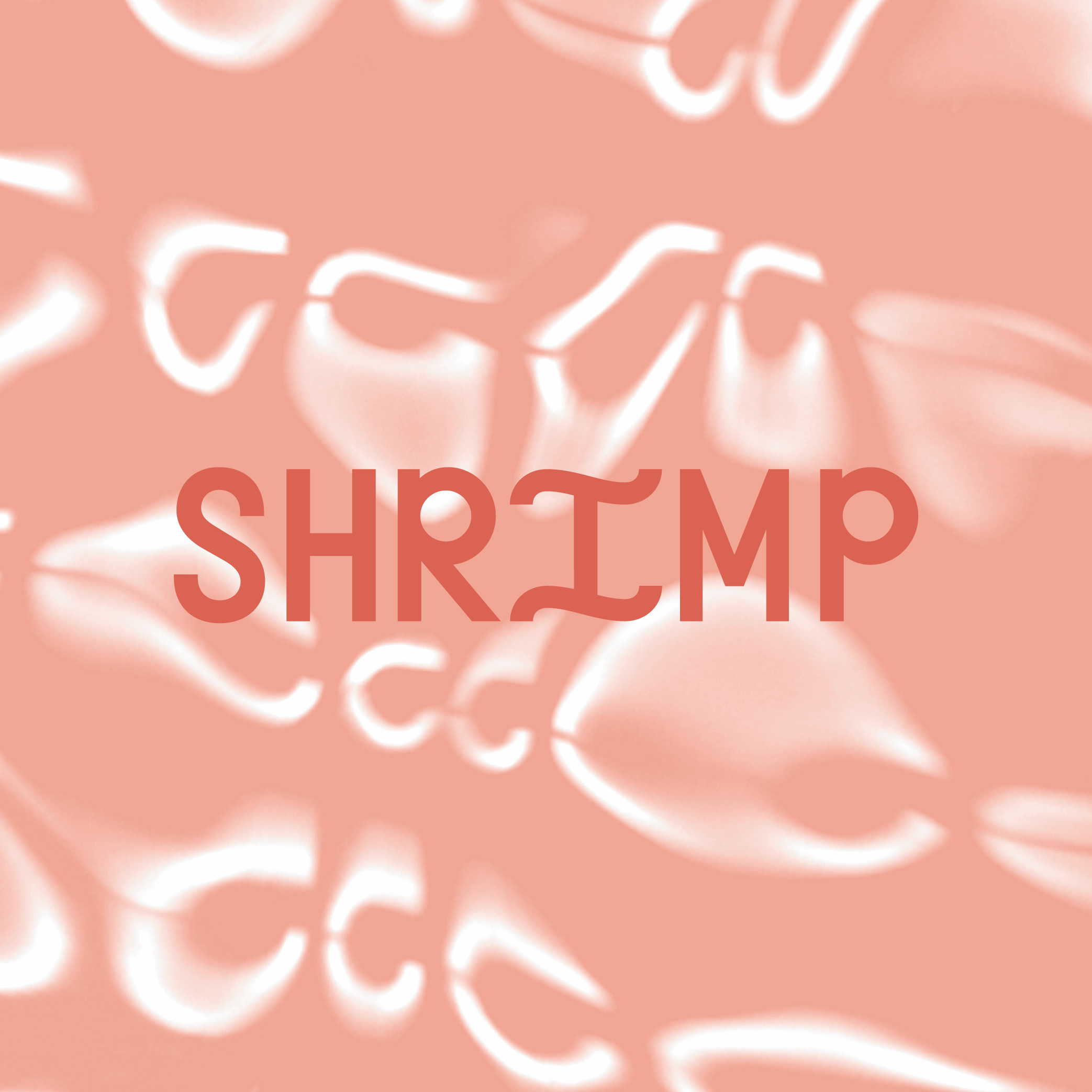
The Northern shrimp has a long body, compressed on the sides and consisting of two sections: the head and belly. It lives in the cold parts of the Atlantic and Pacific oceans.
The natural habitat of the northern shrimp is cold sea water, which forms the special taste of the meat and the content of useful substances in it. Shrimp is rich in B vitamins, as well as in vitamins A, C, D, E, PP, and such macroelements as calcium, potassium, sodium, magnesium and phosphorus, iron, zinc, copper, manganese and selenium.
The northern wild shrimp has a characteristic sweet taste due to it's natural habitat versus the king, artificially grown shrimp.
Northern shrimp from borealis is already cooked in sea water on board immediately after being caught and does not require cooking. It is perfect as a snack or addition to salads.
The special geometry of the Arctic shrimp body and the dynamism of it's nature are reflected in the design of borealis shrimp packaging .

Alaska pollock is a bottom-pelagic northern fish belonging to the cod family. It has a dark olive back and spots running from head to tail in chains, reminding the natural camouflage.
Pollock lives in schools. It's distribution area is quite wide — the coastal waters of the Japan, Okhotsk and Bering Seas, the Gulf of Alaska and Monterey and oceanic waters to the Sangar Strait.
Pollock meat is dietary, with a slight yellow tint and a characteristic fishy taste, vaguely reminiscent of crab meat. That is why fillets of this fish are often used in cooking to imitate it. The most common pollock dishes are Fish & cheeps, popular in Western countries, and sous vide, popular in Eastern countries.
The special camouflage color of pollock, created by nature is reflected in borealis brand in the form of a special sign and name of this fish.
For most borealis products we use vacuum packaging, which covers the product tightly and prevents it's contact with the external environment. The vacuum and tight fit of the film prevent condensation forming in packaging and protect the product from losing it's natural juiciness.
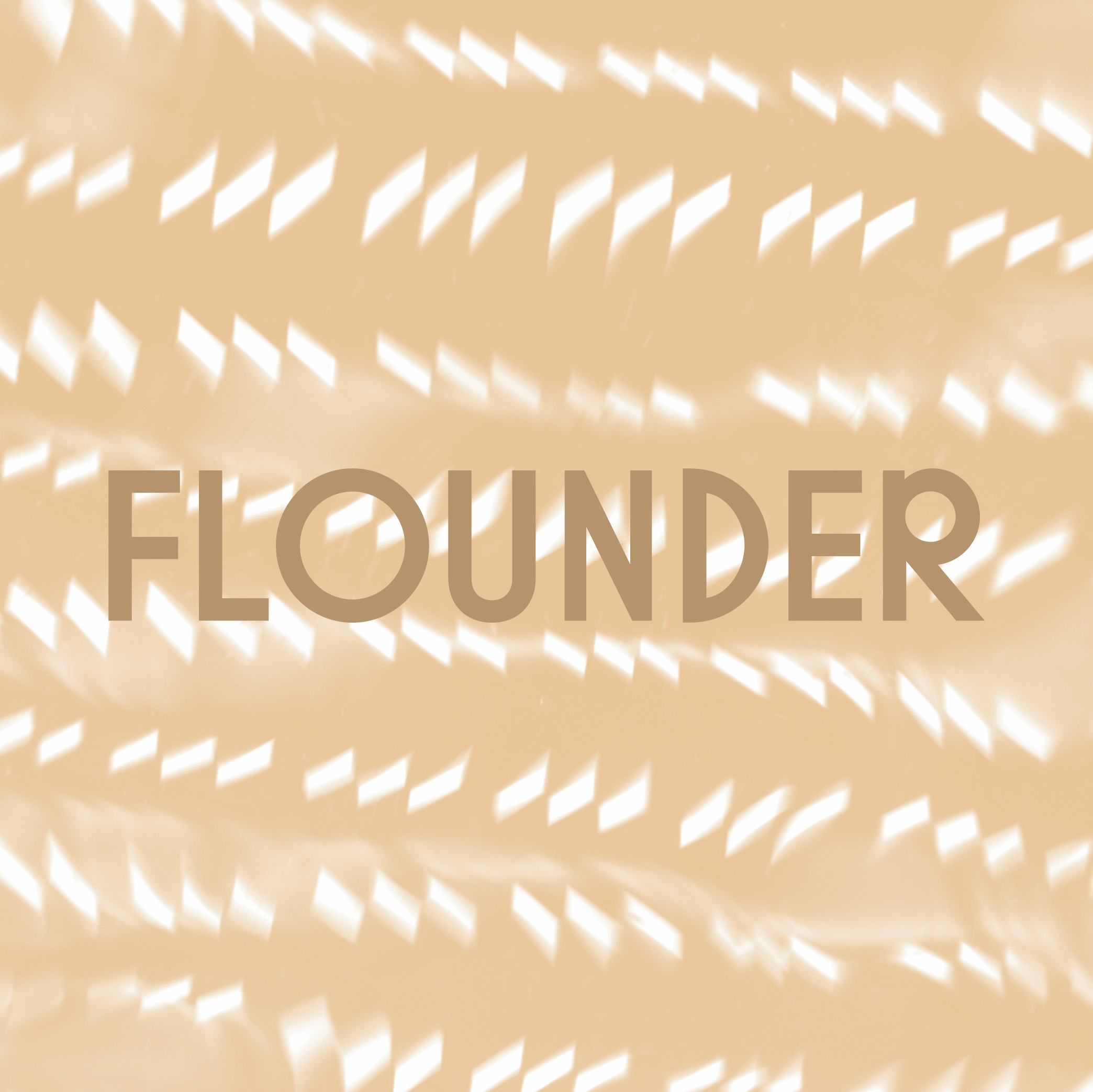
Sea flounder is a marine ray-finned fish of the flounder family. It lives in the eastern part of the Atlantic Ocean from the Barents to the Mediterranean Seas and is found in the coastal waters of Greenland. It is distinguished by a strongly flattened body and the location of the eyes on one side. Flounder is a bottom fish that lives above sandy soils.
The family includes more than 60 species. Sea flounder, or otherwise halibut-shaped, is one of the most valuable and tasty subspecies. It's outer side has an olive-brown tint with randomly located yellow or orange spots.
Flounder is a low-calorie, low-fat product with a high amount of protein. Flounder meat is very rich in B vitamins (especially B12), vitamins D, E and A. The beneficial effect of flounder on the body is also proven by the content of amino acids: threonine, glycine, aspartic and glutamic acids. Amino acids are necessary for humans because they can lower cholesterol levels in blood.
Flounder has a subtle and delicate taste that distinguishes it from other types of fish. Its taste is often described as slightly sweet, with a slight nut undertone. Perfect for frying and baking in the oven.